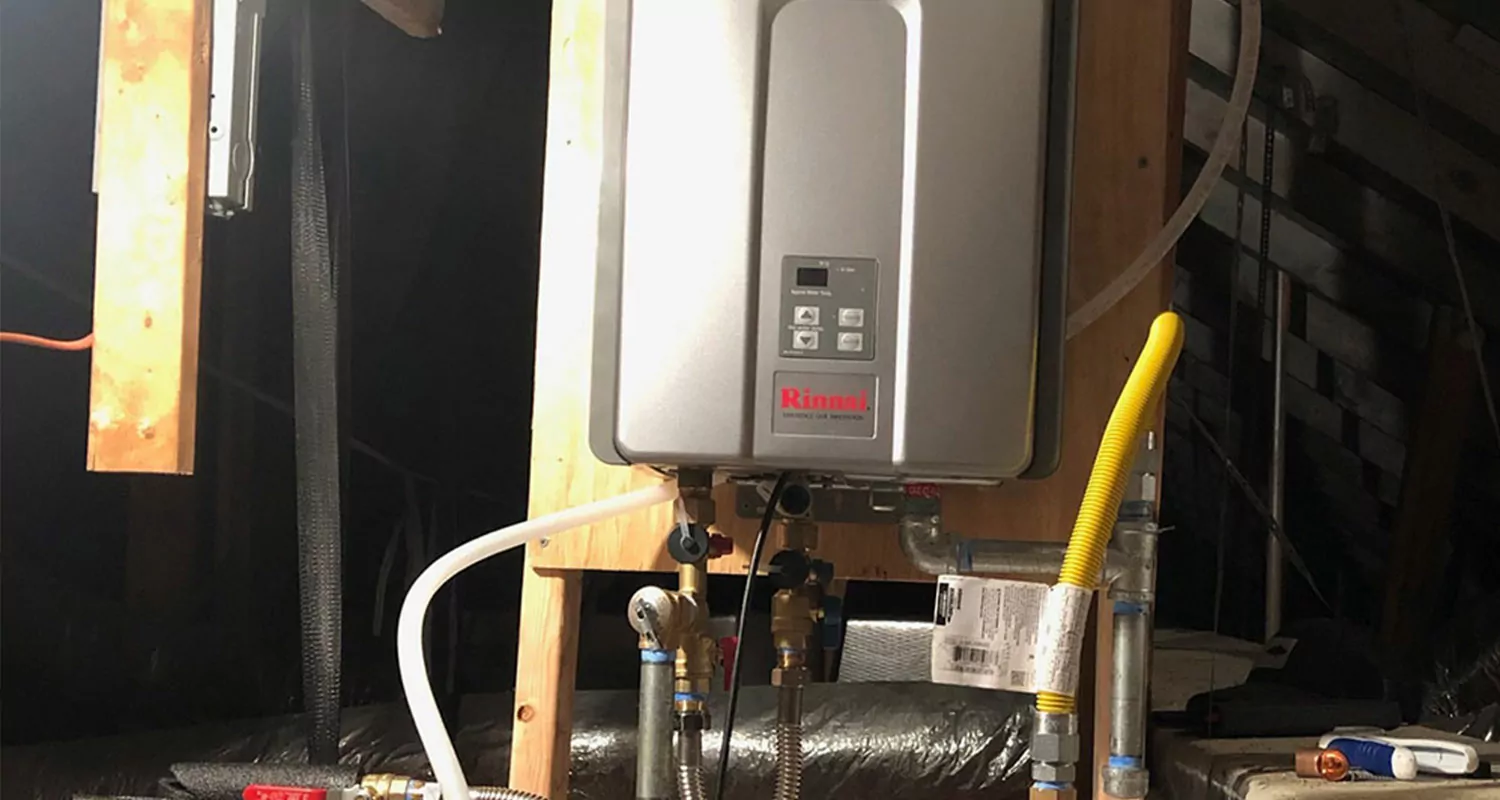Specialist Guidance for Caring for Your Home's Hot Water System
Specialist Guidance for Caring for Your Home's Hot Water System
Blog Article
The article author is making a few good points relating to How to Maintain Your Water Heater & Prolong its Life overall in this content just below.

Warm water is crucial for daily comfort, whether it's for a rejuvenating shower or cleaning recipes. To ensure your warm water system runs effectively and lasts much longer, regular upkeep is essential. This write-up supplies functional ideas and understandings on how to keep your home's hot water system to stay clear of interruptions and pricey fixings.
Introduction
Maintaining your home's hot water system might appear complicated, but with a few simple actions, you can ensure it operates efficiently for many years ahead. This overview covers everything from understanding your warm water system to do it yourself maintenance tips and recognizing when to contact specialist assistance.
Value of Preserving Your Hot Water System
Regular maintenance not just prolongs the life expectancy of your hot water system but additionally guarantees it operates effectively. Overlooking maintenance can bring about reduced efficiency, greater energy bills, and also premature failing of the system.
Signs Your Hot Water System Requirements Maintenance
Knowing when your warm water system requires interest can protect against major problems. Watch out for indicators such as inconsistent water temperature, weird noises from the heating unit, or corroded water.
Understanding Your Hot Water System
Prior to diving right into upkeep tasks, it's practical to understand the basic elements of your warm water system. Normally, this consists of the hot water heater itself, pipelines, anode poles, and temperature controls.
Monthly Maintenance Tasks
Routine month-to-month checks can aid catch minor problems before they intensify.
Purging the Water Heater
Flushing your hot water heater gets rid of debris build-up, boosting efficiency and prolonging its life.
Monitoring and Changing Anode Rods
Anode poles prevent corrosion inside the tank. Examining and replacing them when worn is important.
Checking and Readjusting Temperature Level Setups
Readjusting the temperature level setups ensures optimal performance and safety.
DIY Tips for Upkeep
You can perform numerous upkeep tasks yourself to keep your warm water system in leading problem.
Looking for Leaks
On a regular basis inspect pipes and links for leakages, as these can cause water damages and higher bills.
Checking Pressure Relief Valves
Testing the stress safety valve guarantees it works correctly and stops extreme pressure buildup.
Shielding Pipelines
Protecting hot water pipelines decreases heat loss and can conserve power.
When to Call an Expert
While DIY upkeep is valuable, some problems call for expert knowledge.
Complex Concerns Needing Expert Help
Examples consist of major leakages, electric problems, or if your hot water heater is constantly underperforming.
Routine Professional Upkeep Conveniences
Professional maintenance can consist of complete evaluations, tune-ups, and guaranteeing conformity with safety standards.
Conclusion
Routine maintenance of your home's hot water system is vital for efficiency, durability, and cost financial savings. By following these suggestions and recognizing when to seek expert assistance, you can guarantee a dependable supply of warm water without unexpected disturbances.
How to Maintain an Instant Hot Water Heater
Before tinkering with your hot water heater, make sure that it’s not powered on. You also have to turn off the main circuit breaker and shut off the main gas line to prevent accidents. Also turn off the water valves connected to your unit to prevent water from flowing into and out of the appliance. 2. When you’re done, you have to detach the purge valves’ caps. These look like the letter “T†and are situated on either side of the water valves. Doing so will release any pressure that has accumulated inside the valves while at the same time avoid hot water from shooting out and burning your skin. 3. When the purge valves’ caps are removed, you have to connect your hosing lines to the valves. Your unit should have come with three hoses but if it didn’t, you can purchase these things from any hardware or home repair shops. You can also get them from retail stores that sell water heating systems. Read the user’s manual and follow it to complete this task properly. When the hosing lines are connected, open the purge port’s valves. 4. You should never use harsh chemical cleaners or solutions when cleaning your unit. Make use of white vinegar instead. It should be undiluted and you’ll probably use about 2 gallons. 5. Now flush your water heater. This task should probably take about 40 minutes. We can’t give you specific directions for this because the procedure is carried out depending on the type, model and brand of your heater. With that being said, refer to the user’s manual. 6. When you’re done draining the unit, you have to turn off the purge port valves again. Remove the hosing lines that you earlier installed on each of the water valves. Put the valve caps (purge port) back in their respective places and be very careful so as not to damage the rubber discs that are found inside these caps. 7. Now that everything’s back in place, check your user’s manual again to find out how to reactivate your water heating system. 8. Once it is working, turn one of your hot water faucets on just to let air pass through the heater’s water supply pipes. Leave the tap on until water flows smoothly out of it. https://www.orrplumbing.com/blog/2014/september/how-to-maintain-an-instant-hot-water-heater/

Hopefully you enjoyed reading our topic on Water Heater Maintenance Tips You Can't Afford to Forget. Thanks a lot for taking a few minutes to read through our blog. Appreciated our article? Please quickly share it. Let somebody else check it out. I appreciate your readership.
Call Today Report this page